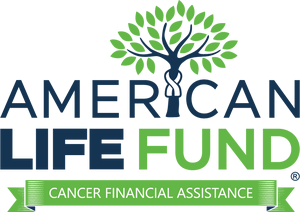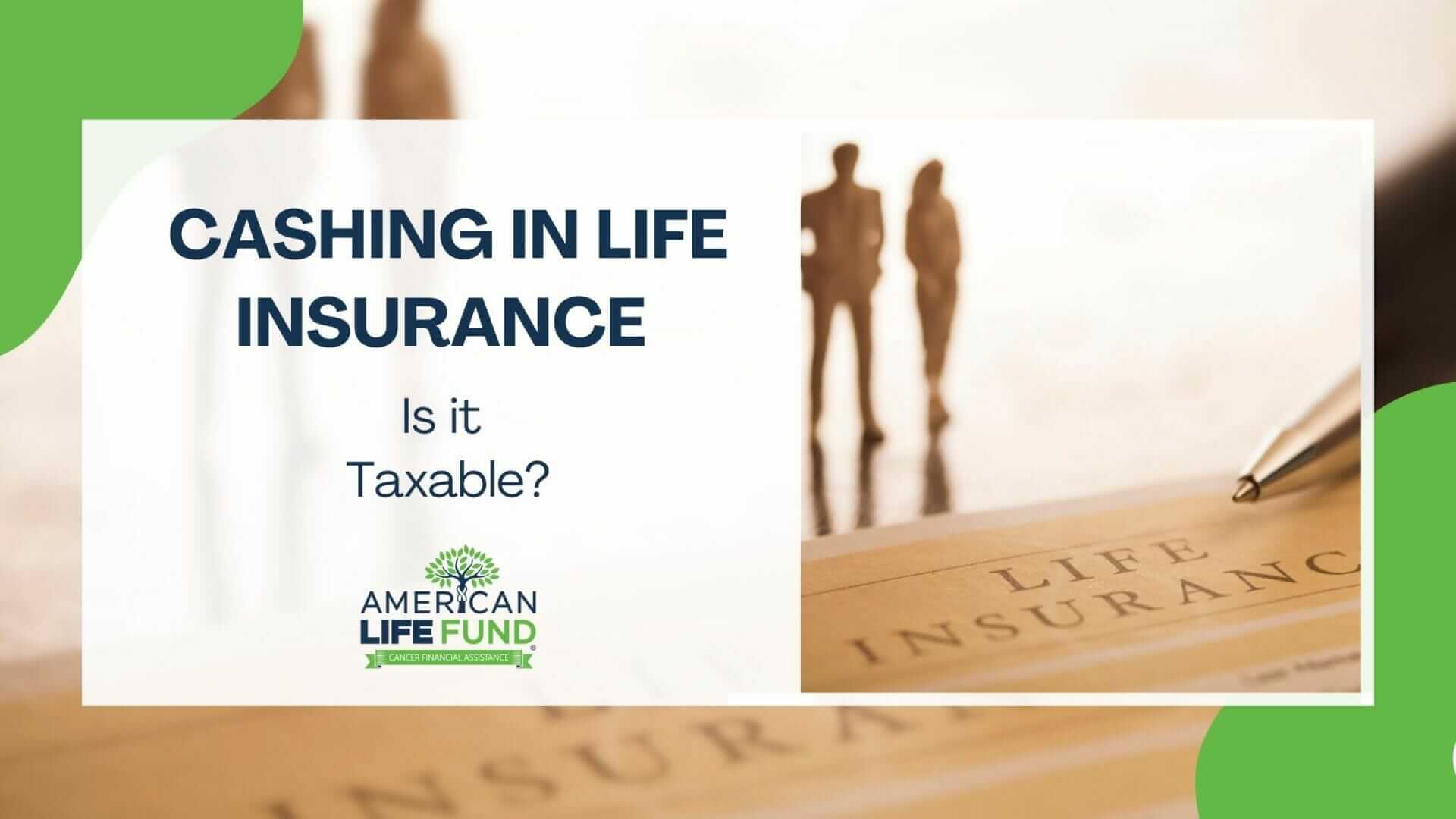You could unlock up to 70% of your policy’s value in a lump sum — and potentially pay zero taxes — if you choose the right strategy.
Is cashing in life insurance taxable? In many cases, it can be — but only if you choose the wrong strategy. Whether you hold whole life insurance, universal life, or another type of permanent life insurance policies, how you access your policy’s cash value can trigger income tax or keep your life insurance proceeds tax free.
While a cash surrender may leave you with taxable income and a surprise tax bill, selling your life insurance policy through a life settlement could provide a large lump sum payment with little or no tax consequences. Depending on your health, policy type, and total premiums paid, some policyholders receive up to 70% of their policy’s value in one cash payment — without having to pay taxes on the full amount. Below, we’ll break down the tax implications of each option and explain how to avoid turning your life insurance into taxable income.
Find out how much your policy could be worth today with a free, no-obligation estimate from American Life Fund.
Sell Your Life Insurance Policy for a Large Lump Sum Payment
Selling your life insurance policy is often the most effective way to access its full value without the heavy tax burden that comes with a cash surrender. Through a life settlement or viatical settlement, policyholders receive a large lump sum payment — up to 70% of the policy’s face value — based on the policy’s face value total premiums paid, and overall health status.
This approach allows qualified individuals to bypass the limitations of a policy’s cash surrender value and avoid creating unnecessary taxable income. By converting your life insurance into cash, you unlock immediate financial flexibility while minimizing tax consequences. A properly structured life settlement results in life insurance proceeds that are partially or entirely tax free, especially if your total premiums exceed the policy’s basis or you qualify under IRS rules related to a chronically ill individual.
American Life Fund specializes in helping people get the most money from their life insurance policy — fast, transparent, and with clear guidance on how to limit your tax liability. We help clients avoid surrender charges, avoid paying income tax on policy loans, and avoid the trap of taxable income caused by early policy termination.
Who is eligible for a viatical settlement?
How A Policyholder Could Access More Cash with Fewer Taxes
A policyholder owns a whole life insurance policy with a face value of $250,000. Over the years, they have paid total premiums of $60,000. The policy’s cash surrender value, according to the life insurance company, is $40,000. If they accept the cash surrender, the $40,000 payout is considered cash value and may trigger income tax on the $40,000 minus the total premiums paid — meaning they could owe taxes on $0 if the cash value is less than the basis, or up to $40,000 if the policy’s basis is low due to loans or withdrawals.
Instead of accepting the lower payout and risking a tax bill, the policyholder works with American Life Fund to explore a life settlement. Due to their health status (serious condition) and the structure of their permanent life insurance policies (held for more than 2 years), they qualify for a lump sum offer of $170,000 — nearly four times the cash surrender value.
Because of how the settlement is classified, a large portion of this life insurance payout may be tax free, especially if the policyholder is a chronically ill individual. In this scenario, the policyholder avoids surrender charges, escapes the tax liability tied to policy loans, and walks away with significantly more money than they would by surrendering the policy.
Why Cash Surrender Often Leads to More Taxes and Less Cash
Cash surrender is the process of canceling your life insurance policy and receiving the cash value held in the policy’s cash value account. When you surrender your policy, the life insurance company pays out the cash surrender value — which is the accumulated cash value minus any surrender charges and outstanding loan balance. This might seem like an easy way to access funds, but it often comes with hidden costs and unexpected tax consequences.
The IRS treats any amount received above your total premiums paid as ordinary income. That means if your cash value exceeds your cost basis, the gain becomes taxable income. You don’t just lose the policy’s final payout — you may also receive less money and owe taxes on what you do get.
In the example above, the policyholder’s cash surrender value was $40,000. Since they paid $60,000 in premiums, that surrender wouldn’t trigger tax liability in this case. But for many, especially those with policy loans or high cash accumulation, surrendering results in a significant tax bill. The difference between total premiums and cash surrender value defines the policy’s basis, and if the cash payout exceeds that basis, the excess is subject to income tax.
When compared to the potential lump sum from a life settlement — which can reach up to 70% of the policy’s face value — a cash surrender often delivers less money and more tax exposure. See if your policy qualifies and get cash now!
What About Withdrawals, Loans, and Other Payout Options?
Permanent life insurance policies such as whole life and universal life offer features like policy loans and cash value withdrawals. While these options allow you to borrow money or withdraw cash from the cash value component, they come with strings attached.
Withdrawals reduce your policy’s death benefit and lead to taxable income if the total amount withdrawn exceeds the premiums paid. Policy loans may seem tax free at first, but if the policy lapses or terminates, the outstanding loan balance becomes part of your gross income — and you may owe taxes unexpectedly.
Periodic payments from your life insurance, surrendering early, or drawing down the policy for retirement income may all have tax consequences depending on the policy’s structure and how much money you’ve already received. These options often sound flexible but carry hidden costs that reduce your total amount and increase tax risk.
In most cases, a life settlement or viatical settlement provides a cleaner exit — one that maximizes your funds and limits your taxable exposure.
The Power of a Tax-Efficient Lump Sum — What You Can Actually Do With It
A life settlement turns your life insurance policy into real financial power. When you exchange your policy for cash — especially through a viatical settlement — you gain access to a large lump sum payment that is generally tax free under the Internal Revenue Code, particularly if you qualify as a chronically ill individual.
With this cash in hand, you can immediately:
- Pay off medical debt or a mortgage
- Cover daily living expenses
- Invest in your future or help your family now
- Regain control over your financial situation without restrictions
Compare that to cash value life insurance withdrawals or policy loans. These often come with interest charges, loan amount limitations, and the constant need to pay premiums to keep the policy active. Worse, if the policy terminates, you could face taxes on the unpaid balance — with no remaining coverage.
Surrendering your policy? You’ll deal with surrender fees, reduced payouts, and a policy for cash trade-off that usually benefits the insurance company more than you.
A settlement puts your money to work now — in your hands, on your terms — with far fewer strings, more flexibility, and more value.
Ready to turn your life insurance policy into a powerful financial asset? Call (877) 261-0632 to get your free, no-obligation estimate from American Life Fund today and discover how much tax-efficient cash you could unlock — fast, easy, and on your terms.





